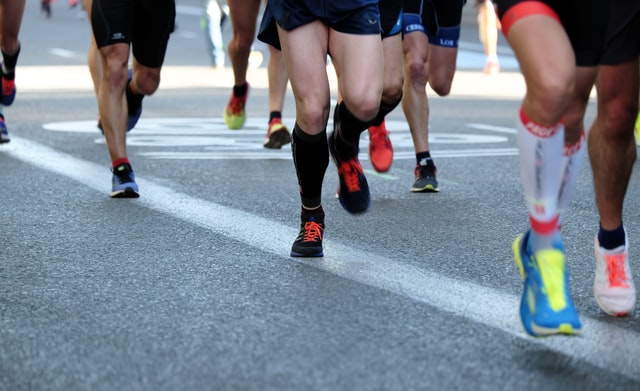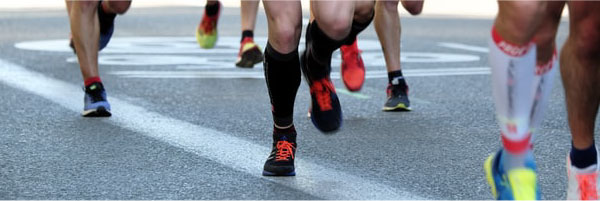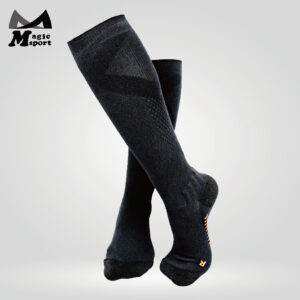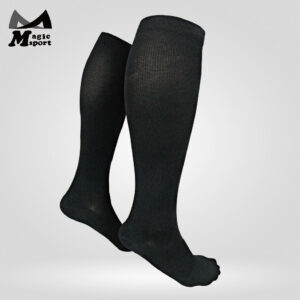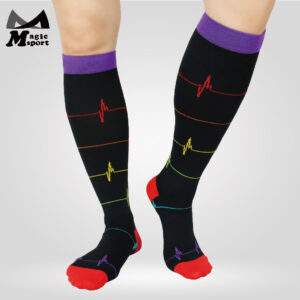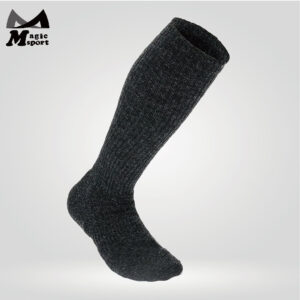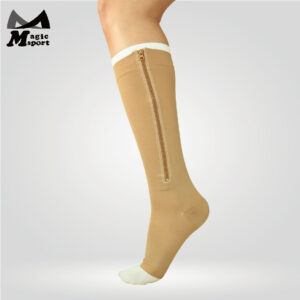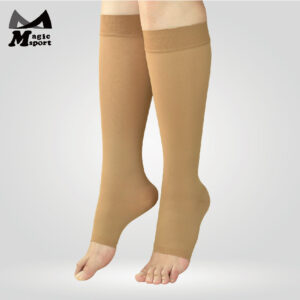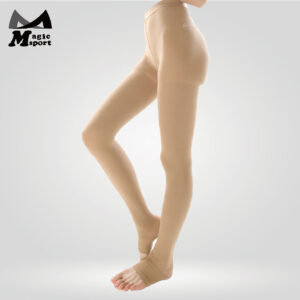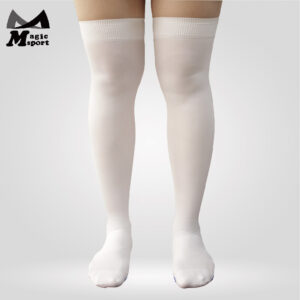What You Should Know About Compression Socks They're not just for older patients
What Are Compression Socks?
Compression socks are specially manufactured garments designed to support venous return in the legs. They work by gently squeezing the outside of the leg. This compressive action helps veins just below the skin return stale blood to the heart. This compressive action can help prevent varicose veins, reduce swelling (edema), and possibly prevent Deep Vein Thrombosis (DVT).
The Types of Compression Socks
You’ll generally find two types of compression socks: graduated and anti-embolism stockings.
Graduated compression socks are the more common types you’ll find and what most people use. While available in a range of compression tightness, these socks are all tightest around the ankle, getting looser the higher up the leg they go. Compression socks generally come in two lengths — knee-high and thigh-high — but full compression tights are growing more common with athletes.
Anti-embolism stockings are more specific in purpose. They’re designed to help maintain circulation, thus preventing blood clots, for bed-bound patients, particularly those confined to bed after surgery.
Do Athletes Benefit From Compression Socks?
It’s not uncommon to see athletes in various sportswear different iterations of compression socks or even compression sleeves.There was a study that looked at runners that found that compression socks could possibly have a positive impact on subsequent running performance. In other words, if you wear compression socks for a run, you might have a better run the next time out.
The compression socks have the effects they have on a runner’s circulation — increasing oxygen delivery to muscles, improving blood circulation, and speeding the removal of lactic acid.
